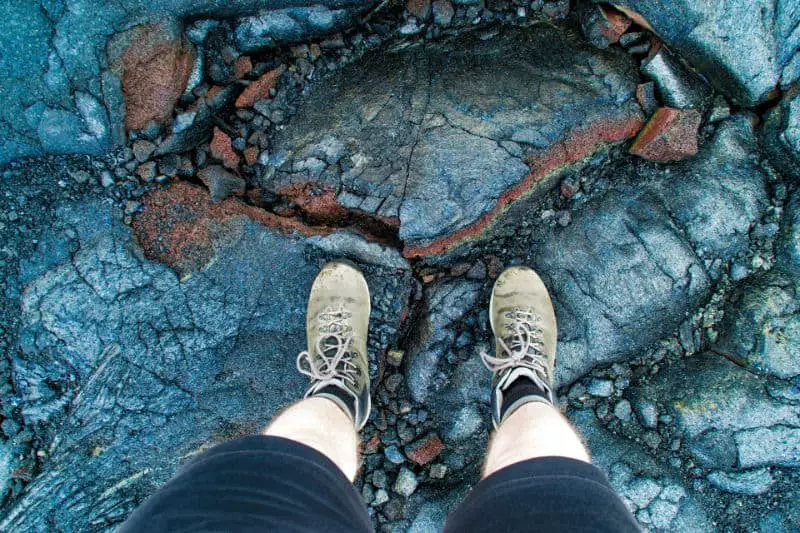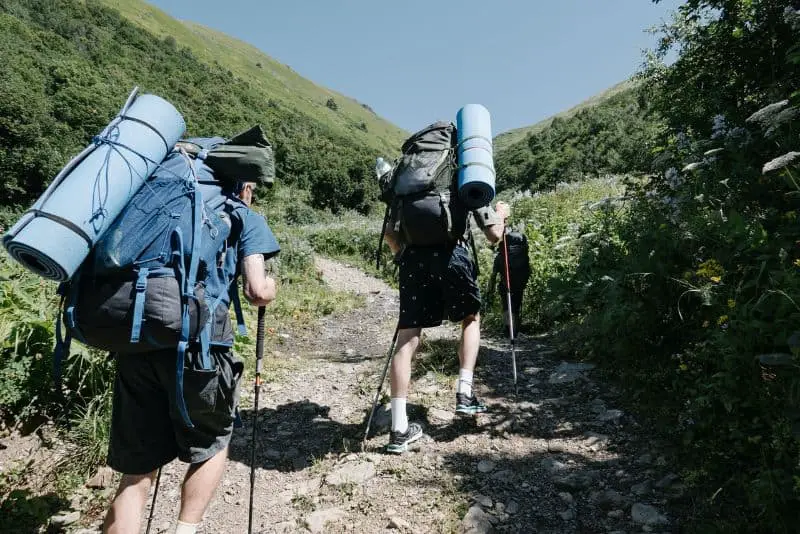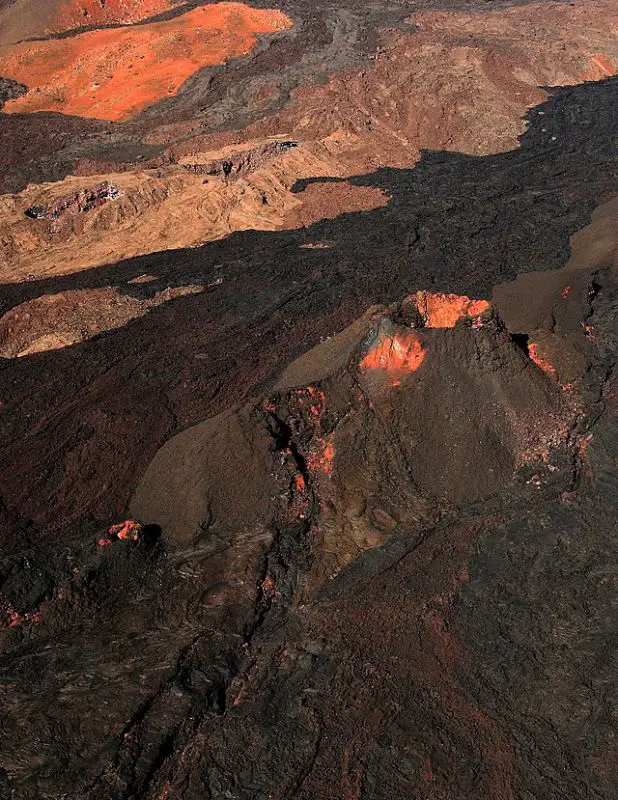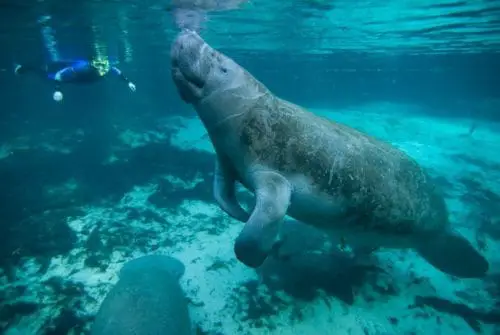
Traveling to Hawaii (Post Covid): Hiking Mauna Loa for Beginners
Adventure Is Calling

It has been a challenging year; as we transition into new norms now that the pandemic is slowly fading away, traveling is slowly picking back up and becoming a safe option for future adventures. So, now is a great time to ask, where are we going on our next adventure?

Guide At a Glance
- Is this author an Adventurer?
- Is this Guide based on experience?
Your Next Quest
So, now is a great time to ask, where are we going on our next adventure?
Might I suggest an active volcano?
Hawaii offers you the adventure you have been searching for and the paradise to rest in after the deed is done.
I traveled to this beautiful space many moons ago and was taken back by the effortless beauty it freely displayed. I snorkeled, swam with dolphins, and hiked the trails of “Jurassic Park,” but one activity I wish I would have been able to achieve was hiking to the top of the magnanimous Mauna Loa.
What you need to know before you go!
We are in no way encouraging travel to Hawaii at this time. Instead, we hope you use this information as a guide to planning your next adventure when traveling is safe per CDC and Hawaii government regulations. Therefore, we are providing the safety precautions below as it stands today.
This video, Safe Travels, courtesy of the State of Hawaii, is a 3-minute video detailing precautions and mandates in place to keep the island safe.
You are required to upload your negative COVID test or vaccination records within 72 hours of your departure. If this task is not completed, all visitors must self-quarantine for ten days starting the day of their arrival.
Hiking or mountaineering is a slow and steady cardiovascular activity. Those of us who are former athletes might find that our joints and knees rely on low-impact exercises to stay active. You will find that this activity is challenging, rewarding, and low risk as it pertains to your joints.
At 13,678 feet, this massive volcano stands 30,000 ft above sea level and will guarantee that you will be pushed to your limits.
Teach me your ways!
Traveling to Hawaii is already an experience within itself. Many can say they enjoyed the fire dancers, food, beautiful weather, tropical rainforest, and crystal-clear waters. However, not many can say they have ascended over 13,000 feet in the atmosphere over loose lava terrain to the summit of Mauna Loa, Mokuaweoweo.
I mean, honestly, why would you want to hike an active volcano where you can feel your blood rush as you walk to the summit of the most massive mountain on Earth? It’s simple to achieve a badge of greatness and take in a sight that most people you share a cocktail with can’t say they have seen.
The activity itself is not too complex except for the physical strain you will endure. If you can have experience mountaineering, hiking in high elevations, and have experience with handling fatigue and elevation sickness, you are so close to being ready to hike Mauna Loa. It would be beneficial to your safety to brush up on the how-tos of reading lava flows and seismic activity.
If this is a day hike via the Mauna Loa Observatory trail, then no permits are required. However, if you plan to make this hike a multi-day adventure and stay at one of the two cabins on the mountain, then a permit is required.
Need some inspiration?
This YouTube video, Summiting Mauna Loa, has great insight into what your last 2,000-foot climb will look like and the environment you should expect.
Still undecided?
PROS
- The obvious one: You get to go to Hawaii!
- You can view the crater that formed assisted with the formation of the Hawaiian Islands
- Amazing cardiovascular and endurance activity
CONS
- It may (though unlikely) erupt while you are hiking
- You will be exhausted by the end of your journey
Inspire




Where and When to Go?
Biome
You will be traveling close to the equator to access this one-of-a-kind volcano. Though Hawaii is known for its tropical rainforests and beautiful weather, you can expect that to drastically change as you ascend to the summit. A conversely different ecosystem awaits you.
Mauna Loa is located on the “Big Island,” otherwise known as Hawaii. Though the island itself is lush and flourishing, the Mauna Loa observatory trail to the summit has little vegetation. In addition, it is a strenuous hike due to loose lava fields.
Season
This is a year-round activity, but it is said that Fall and Spring are the best times to schedule your adventure.
Regions

Mauna Loa
Technically, Mauna Loa is the largest volcano on earth! It’s an archetypical shield volcano, with gentle slopes and fluidic eruptions. The last time it erupted (big time) was 1984. The volcano is neighbor to Kīlauea and Mauna Kea, other nearby mountains on the mountain of Ha’waii. Hiking the trail from the base will require almost 7,000-ft elevation gain! The first two miles pass through high-altitude forest, but the trail quickly turns to rock and stays that way until the summit.
Essential Outdoor Skills
What outdoor and survival skills should I master before embarking?
- Recognize high altitude sickness,
- Filter water
- Read navigational instruments
- Understand lava flows and trenches
Numbers to remember
Safety & Risk
Is this adventure for you?
If you are not in exceptional physical shape, well equipped, and have the essential outdoor skills required to take on Mauna Loa, you are putting yourself at risk. Your most significant risks are fatigue, dehydration, and altitude sickness.
Please read this article provided by the National Park Service, Hike Mauna Loa, for more details on identifying the risks listed above.
You’ll need a first-aid kit, flashlight, emergency shelter, 0-degree sleeping bag, signaling device, aside from navigational tools or trail map.
- Know the symptoms and treatments for altitude sickness
- Know wilderness first aid for sprained ankles
- Pack plenty of water and sunscreen!
- Bring a jacket for the summit
DO'S
- Travel with a partner
- Pack plenty of nutrition
- Train months before attempting Mauna Loa
DONT'S!
- Continue elevating if you have a headache
- Ignore oncoming weather, it changes quickly
- Travel to Hawaii until it is safe per the CDC
Wildlife
What animals can I expect to encounter?
As stated before, this environment isn’t lush; it is dry and flat with little vegetation. This means this particular hike, unlike the rest of the island, does not have much wildlife.
However, that does not mean that there is none. If you are lucky, you may encounter the “happy face spider,” the endangered petrel, or the nene goose.
Fitness & Training
What is the recommended level of fitness?
This high-altitude 13-mile trek requires you to be physically fit. You should have the ability to perform hours of cardiovascular activity continuously. This activity isn’t an average hike; the terrain will require strong core, calf, and hamstring muscles.
Training and preparation exercise regimen
Before taking on Mauna Loa, you should be participating in other high-altitude mountain trails. If you are not accustomed to high mileage hikes, slowly increasing your mileage will be the best way to prepare for Mauna Loa.
I recommend adopting a plyometric, running, and weight lifting regimen months before your adventure to start preparing your body for what’s to come.
Gear Guide
What gear do I need for this trip?
Required Gear
You will need some broken-in mountain boots, hydration, a filtration system (3-4 liters per person a day), hiking poles, a first aid kit, and a sleeping bag.
Supporting Gear
- Hiking poles
- Rope
- Helmet
- Gloves
- Thin, insulation, and waterproof layer
Accessories & Apps
- AllTrails!
Finances & Budget
What are the costs associated with this adventure?
As you can imagine, your flight to Hawaii will be your most tremendous expense. However, there are a few things you can do to lessen this impact on your wallet.
When looking for flights, keep in mind that August is the low season for travel. You can also round up a group of travelers and find a travel agency to assist you with finding the best deals; there are third-party sites that can help you find low-cost flights, but you have to be diligent in your search and snag them while they are hot.
Flying standby may not be the most convenient, but it is undoubtedly the cheapest option. Have friends hat work in the aviation industry? Ask them about attaining a buddy pass! Of course, you can always utilize Hopper, Kayak, and cheap flights if you are allowing 8 months in between booking your flight and take off.
Other than the cost of the flight, you should already own a lot of the equipment that you’ll need for this adventure.
Insider Tips
Insider Tips
- Book your flight well in advance
- Plan your trip extensively and start early
- Pack food that you like; it’s already a difficult journey don’t make it more difficult with having to eat food you don’t like


FAQ
It is not recommended that anyone under the age of 16 should hike to the summit. There are alternatives to view the summit Try looking into helicopter tours.
No one who has SCUBA dived within 24 hours or under the age of 16 should be attempting the summit.
Except for the facilities at the two cabins on the mountain, you will have t use nature to answer nature’s call. Bring compostable toiletries and always follow the “no trace” method.
See Notes on transportation in the Finances & Budget section.
See notes in the “Where and When to Go?” section.
Though there are guided tours for alternative ways to view the summit, there are no regularly scheduled guided tours.


